
19-11-2025 23:21
 carl van den broeck
carl van den broeck
Dear guestIn Waardamme, Belgium, I found dozens of

19-11-2025 20:51
 Andreas Millinger
Andreas Millinger
Good evening,found this species on a felled trunk

19-11-2025 13:04
 Bruno Coué
Bruno Coué
Bonjour,je sollicite votre avis pour la récote

17-11-2025 21:46
Philippe PELLICIERBonjour,Récolté sur bois pourrissant de feuillu

16-11-2025 21:09
 Robin Isaksson
Robin Isaksson
Anyone recognize this acc. to pictures.? Found on

18-11-2025 13:59
Nogueira HéctorNovember 14, 2025 Brazuelo (León) SPAIN Hymenosc

17-11-2025 19:14
herman lambertApothécie discoïde 0.6 cm diam., orangeFace hym�

17-11-2025 21:57
Philippe PELLICIERBonjour,Récolté sur bois de feuillu mort dur, no

14-11-2025 16:26
 Marian Jagers
Marian Jagers
Hello everyone, On dead wood of Cytisus scoparius
Schizothecium
Joop van der Lee,
02-01-2021 21:32
 Found on cow dung.
Found on cow dung.As far as measurements is concerned they do fall within ranges of S. conicum but I have not seen S. conicum with these long necks and tufs of agglutinated hairs near the base of the neck not forming a crown.
Perithecia: 340-377x129-144 um; neck 73-82x48-53 um, completely covered with single cells in longitudinal rows all the way up to the ostiole18.4x2.2 um; tuffs of agglutinated hairs near the base of the neck 62x47 um; single agglutinated hairs covering the rest of the body.
Asci: 8- spored; 215-222x17.5-18.5 expanding in width to 26.2-27.7 um near the apex, asci also expand to 78-82 um when still connected.
Spores: uniseriate; 26.3-28.5x12.2-15.2 um; pedicel 9.9-10.6x2.3-2.5 um; upper cauda 37-1.2 um; secundary cauda 19x1.9 um; 8 lateral cauda originate from the pedicel, 4 on each side 14.5x0.9 um, but they easily break off so the total of 8 caudae are not always visible (photo-13 3 on the left side & 2 incomplete on the right side)
But because these caudae are interconnected through the pedicel the break off point can be seen as dots when the pedicel is in the correct position (photo-14 5 spots of which the top one does not count that one belongs to the broken off secundary cauda)
Joop van der Lee,
03-01-2021 12:44

Re : Unknown Schizothecium
Problem solved.
Reading the documentation from C. Moreau in Encyclopédie mycologique XXV (1953) about the genus Pleurage in which P. curvula = (Schizothecium conicum) is explained extensively it becomes clear that the apperance of the perithecia is changing during its life cycle especially the length of the neck and the body.
So Norbert Heine was correct in his comments that this species has a large variety in its appearance. Having the correct documentation has been a big help but it takes some time to resolve the problem by digging into all available documentations at my disposal.
Joop
Reading the documentation from C. Moreau in Encyclopédie mycologique XXV (1953) about the genus Pleurage in which P. curvula = (Schizothecium conicum) is explained extensively it becomes clear that the apperance of the perithecia is changing during its life cycle especially the length of the neck and the body.
So Norbert Heine was correct in his comments that this species has a large variety in its appearance. Having the correct documentation has been a big help but it takes some time to resolve the problem by digging into all available documentations at my disposal.
Joop

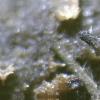

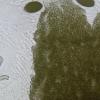

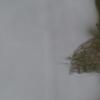

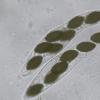
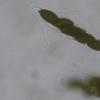
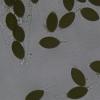
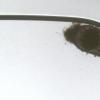
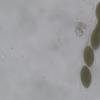
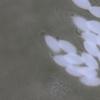

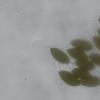
 C.-Moreau-0001.pdf
C.-Moreau-0001.pdf